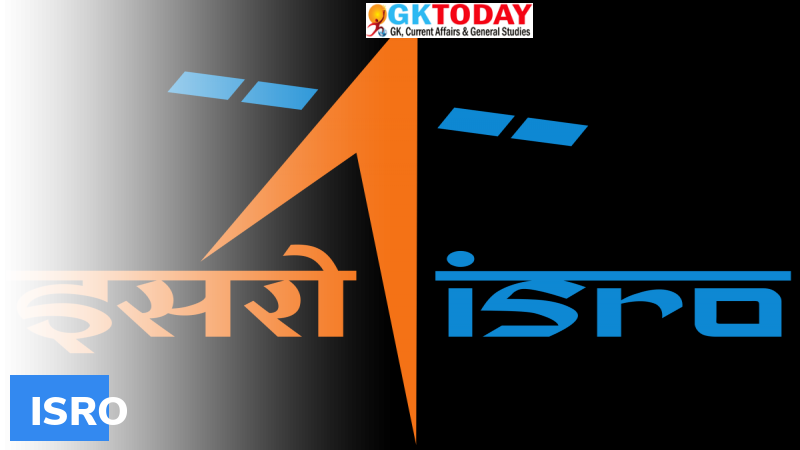ISRO to launch Earth Observation Satellite
Indian Space Research Organisation (ISRO) is all set to launch an Earth Observation Satellite on August 12. Satellite will be launched from the Satish Dhawan Space Centre at Sriharikota.
Key Points
- Satellite called EOS-03 will be carried on board the 14th flight of the GSLV celled GSLV-F10.
- GSLV-F10 will place satellite in the Geosynchronous Transfer Orbit.
- EOS-03 will reach the final geostationary orbit using its onboard propulsion system.
- In this GSLV flight, 4-metre diameter Ogive-shaped payload fairing will be flown for the first time.
- This will be the 14th flight of GSLV.
What is EOS-03 Satellite?
EOS-03 is a state-of-the-art agile satellite. It will enable real-time monitoring of natural disasters like floods and cyclones. It will also monitor water bodies, crops, forest cover changes and vegetation condition. EOS-03 is capable of imaging whole country four to five times every day.
Geosynchronous Satellite Launch Vehicle (GSLV)
GSLV is an expendable launch system of Indian Space Research Organisation (ISRO). In between 2001 to 2018, GSLV was used in thirteen launches. Though, GSLV Mark III shares the name, it is a completely different launch vehicle. GSLV project was initiated in 1990 with the objective of acquiring launch capability of India for geosynchronous satellites. GSLV uses major components of Polar Satellite Launch Vehicle (PSLV) launch vehicles.
First flight of GSLV
First development flight of GSLV (Mk I configuration) was launched in April 2001. But the flight failed because payload failed to reach the intended orbit parameters. This launcher was declared operational after second development flight that successfully launched GSAT-2 satellite.
Month: Current Affairs - August, 2021


